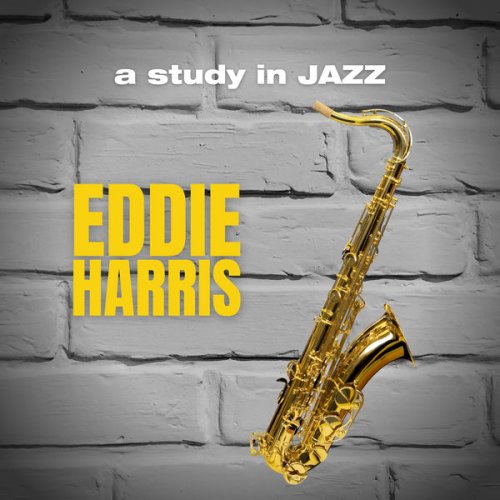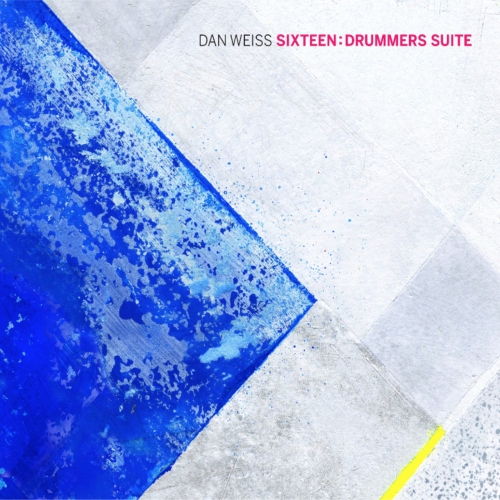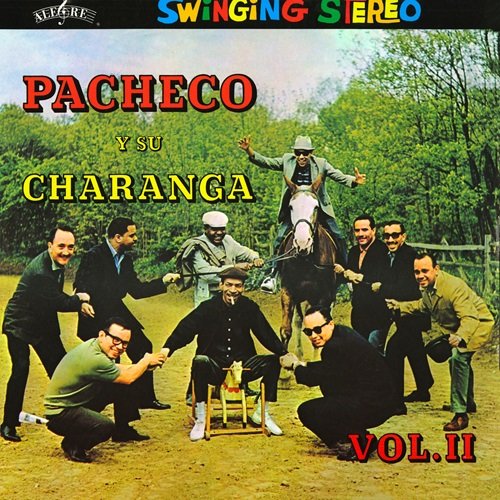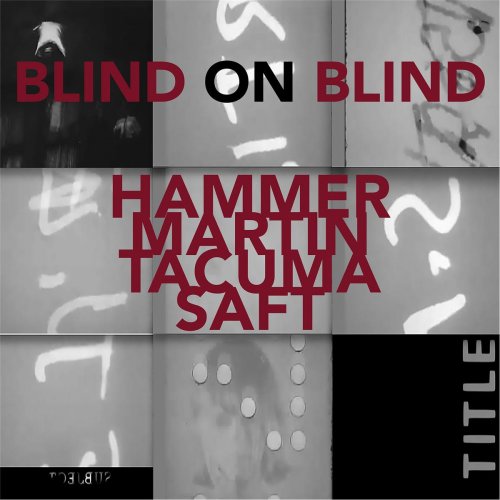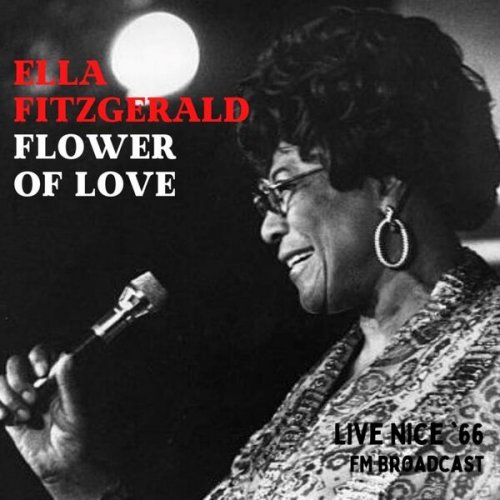Hagen Quartett - Mozart: The "Haydn Quartets" (2001)
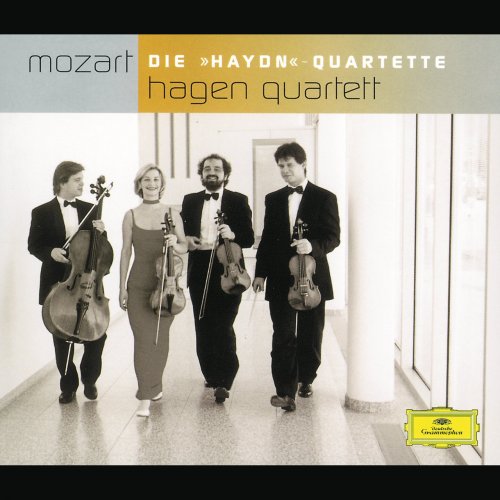
Artist: Hagen Quartett
Title: Mozart: The "Haydn Quartets"
Year Of Release: 2001
Label: Deutsche Grammophon
Genre: Classical
Quality: FLAC (tracks)
Total Time: 02:54:23
Total Size: 888 Mb
WebSite: Album Preview
Tracklist: Title: Mozart: The "Haydn Quartets"
Year Of Release: 2001
Label: Deutsche Grammophon
Genre: Classical
Quality: FLAC (tracks)
Total Time: 02:54:23
Total Size: 888 Mb
WebSite: Album Preview
CD 1:
String Quartet No.14 In G, K.387
1. 1. Allegro vivace assai 7:35
2. 2. Menuetto. Allegro 7:43
3. 3. Andante cantabile 7:01
4. 4. Molto allegro 5:39
String Quartet No.15 In D Minor, K.421
5. 1. Allegro moderato 11:27
6. 2. Andante 6:27
7. 3. Minuetto (Allegretto) 4:45
8. 4. Allegro ma non troppo - Più allegro 9:01
CD 2:
String Quartet No. 16 In E Flat Major, K.428
1. 1. Allegro ma non troppo 7:33
2. 2. Andante con moto 9:04
3. 3. Menuetto. Allegro 5:11
4. 4. Allegro vivace 5:40
String Quartet No. 17 In B-Flat Major, K. 458 "The Hunt"
5.1. Allegro vivace assai 8:24
6. 2. Moderato 4:21
7. 3. Adagio 7:37
8. 4. Allegro assai 4:35
CD 3:
String Quartet No.18 In A, K.464
1. 1. Allegro 7:31
2. 2. Menuetto 5:58
3. 3. Andante 11:13
4. 4. Allegro non troppo 6:32
String Quartet No.19 In C, K.465 - "Dissonance"
5. 1. Adagio - Allegro 11:28
6. 2. Andante cantabile 7:19
7. 3. Menuetto. Allegro 4:42
8. 4. Allegro molto 7:37
Performers:
Hagen Quartett
For sheer finesse the Hagen is up there with its fellow Austrian ensemble the Alban Berg Quartet. The players' collective sonority - aptly slimmed down for Mozart - is elegantly honed, their ensemble and internal balance impeccable. No subtlety of Mozart's part-writing escapes them. The first two quartets of the Haydn set come off specially well. The tense, disquieting performance of the G major's astonishing anti-minuet really vindicates the choice of tempo - the Allegro of Mozart's autograph rather then the more commonly adopted Allegretto of the first edition. And I have seldom heard the Andante played with such hushed absorption. In the D minor's first movement the Hagen consistently stresses the music's melancholy fatalism, imbuing even the agitated dialogues of the development with a sense of elegiac resignation. There are many memorable things in the remaining quartets: say, in the veiled, withdrawn colourings in the Adagio of the Hunt or the mellow reflectiveness of the opening movement of the E flat. In one or two movements, though, the Hagen's characteristic rhythmic flexibility seems exaggerated, compromising the music's natural flow: in, say, the opening movement of the A major (which emerges here as wayward and disjointed) or the minuet of the Dissonance, where the players elongate the rests and tease out the quiet cadential phrase on each of its appearances - a witty effect once, perhaps, but not when replicated half a dozen times. Quibbles aside, these superbly finished performances reinforce the Hagen's credentials as sympathetic, discerning Mozartians. -- Richard Wigmore
